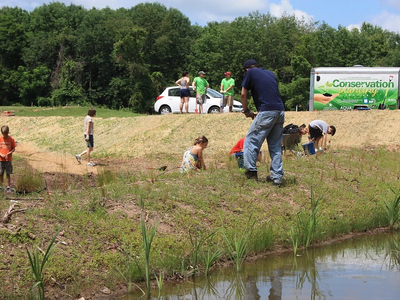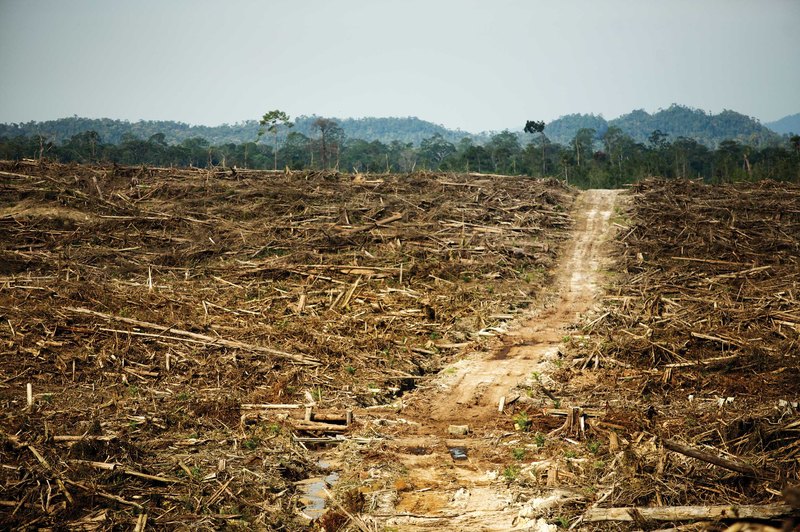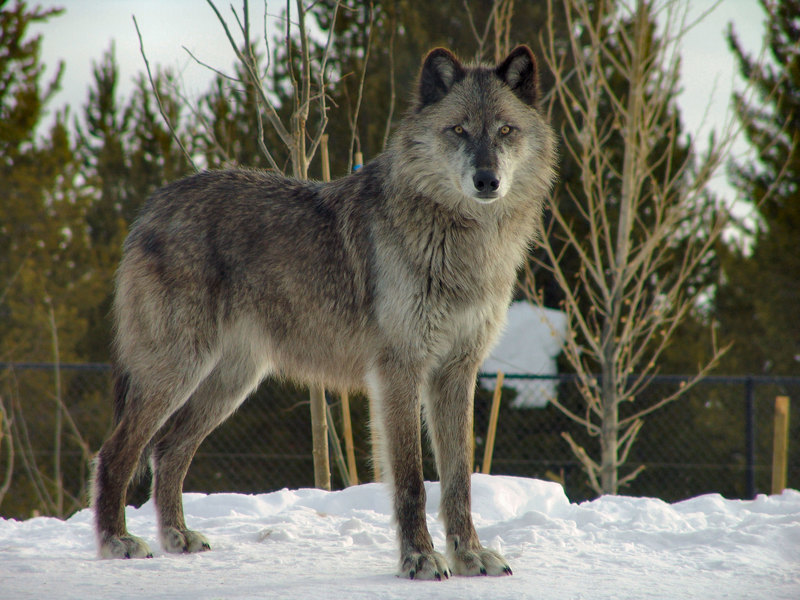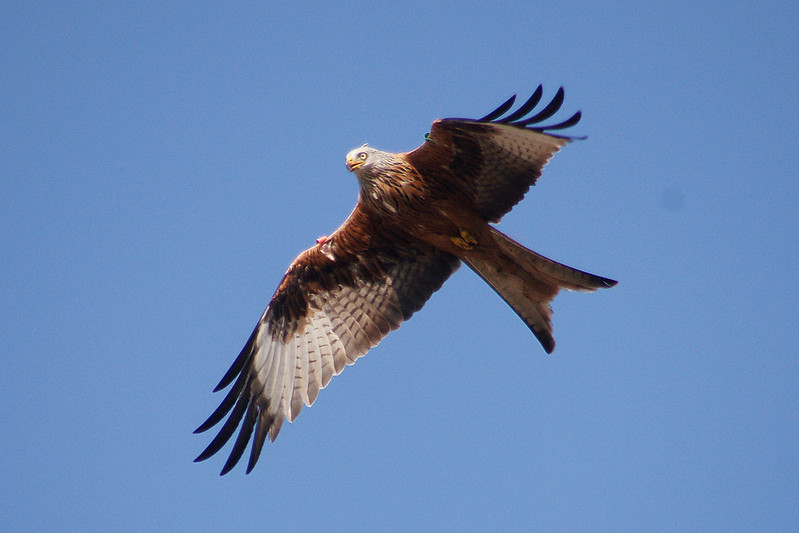Factsheet
Conservation
Conservation of nature means the protection of species from extinction or harm. It can include maintaining and restoring habitats, and protecting biological diversity as well as preventing the wasteful use of resources.
Banner image: Ben Hall
(rspb images.com)
What do we mean by Conservation?
 When we talk about ‘conserving’ something, we usually mean to stop it from running out. If a person talks about ‘conserving their energy’ they mean that they are trying not to use it all up quickly.
When we talk about ‘conserving’ something, we usually mean to stop it from running out. If a person talks about ‘conserving their energy’ they mean that they are trying not to use it all up quickly.
It’s the same when we talk about conserving other resources, such as fuels or minerals. Conserving these involves making sure that they are not used wastefully, so that they are prevented from being used up altogether.
Conservation of natural habitats or species of wildlife refers to maintaining healthy ecosystems and population numbers so that no plants or animals become endangered or extinct. There are lots of different methods that are used to do this, which you can learn more about in the following sections of this factsheet.
Photo: Montgomery County Planning Commission
Why is Conservation important for the Environment?
Every natural ecosystem works in balance. An ecosystem is a community made up of all the living things in an area and the way they affect each other and the environment. If you remove or damage any part of the ecosystem, it has a ‘knock on’ effect on all other parts of the system.
Damage to habitats, such as that caused by deforestation, can have a disastrous effect, not only on the many species which live in that habitat, but also on the planet as a whole. Living trees help prevent climate change by removing carbon dioxide (CO2) from the atmosphere and locking it away it their wood, leaves and in the soil. Burning forests releases carbon, and removing trees increases the amount of CO2 left in the atmosphere, leading to global warming.
 Trees and plants are also important for preventing the erosion of coastlines and for protecting against flooding, because their root systems hold the soil in place and they absorb excess water.
Trees and plants are also important for preventing the erosion of coastlines and for protecting against flooding, because their root systems hold the soil in place and they absorb excess water.
When an animal becomes endangered or extinct, this has effects on the plants and other animals in its ecosystem, due to a resulting change in the food chain. A carnivorous predator that hunts certain other animals might be necessary to prevent those animals from becoming too numerous and eating all the plants in one area. Even a tiny insect is a vital part of its ecosystem. Without bees and other pollinating insects, many plants that we rely on would not be able to reproduce, including those that we grow for food.
Conservation of our fuels and other minerals is also of vital importance to our environment. Many of these resources are non renewable, meaning that they will one day run out leaving none available for future generations. Fossil fuels, such as oil, coal and gas also release harmful gases when burned, leading to global warning and climate change. Mining for minerals also causes further damage to habitats.
Photo: David Gilbert
What are Some Current Methods of Conservation?
There are many organisations involved in conservation projects across the globe. These organisations specialise in different forms of conservation, from re-wilding projects which attempt to return habitats back to their more natural state before they suffered harm, to educating people on the need to protect different species. Nature reserves and also many zoos are involved in supporting breeding programmes for endangered creatures or reintroducing them into the wild.
Other organisations work to develop alternatives to using non renewable fuels. You can find out more about alternative energy sources in our video here: https://ypte.org.uk/videos/renewable-energy
You can find more about some interesting conservation projects in the following sections.
The Wolves of Yellowstone Park:
 Before the 1900s, grey wolves used to roam freely around the Yellowstone area of the US. By the 1920s, there were none left, due to hunting by humans.
Before the 1900s, grey wolves used to roam freely around the Yellowstone area of the US. By the 1920s, there were none left, due to hunting by humans.
In 1995, ecologists were keen to see what the effect would be of reintroducing grey wolves back into a habitat that had once been theirs. One of the reasons for this decision was that in the seventy years since the wolves had gone, elk were starting to overgraze the park. Elk had been one of the main prey animals for the grey wolf, but with no wolves to keep their numbers down, the elk were eating more and more of the trees, shrubs and plants in the park.
The elk in the park were living long lives and only tending to die of old age or illness in a long, cold winter. When the wolves came back and started hunting elk, they weren’t the only ones who got fed. Many scavengers were also able to feed on the remains of the elk carcasses that the wolves didn’t eat. Grizzly bears, coyotes, eagles and ravens all benefitted. The populations of these scavenger species all increased.
Biologists had also been studying the trees in Yellowstone National Park and were confused about why the Aspen trees were declining. By looking closely at aerial photographs and by investigating tree rings, the scientists were able to discover that the Aspen had started to decline since the 1920s… the same time that wolves had disappeared from the park.
With the wolves gone, the elk had been able to remain in one place for a long period, eating all the young aspen saplings. The same was happening to willows and to shrubs that produced berries. As a result, those creatures that depended on these trees and berries were also disappearing.
When the wolves were reintroduced, the elk were forced to roam more widely and the trees had a chance to recover. As the trees began to recover, this in turn had an effect on other species. Beavers depend on willow as a food source during the winter. With increasing numbers of willow trees surviving in the park, the Beaver population was able to grow. In 1995, there was only one remaining beaver colony in Yellowstone National Park, but now there are nine. Beavers are another species whose behaviours bring enormous benefits to their ecosystem, via the building of dams.
The whole ecosystem of the park began to regenerate, simply by re-introducing grey wolves!
Photo: Dennis Matheson
Red Kites Brought Back From the Brink of Extinction in the UK:
 Back in the 1980s, red kites, with the recognisable tail shape that gives them their name, were one of only three globally threatened species in the UK. They were very rare and at risk of extinction due to egg hunters and taxidermy collectors keen to keep a rare piece of nature for themselves.
Back in the 1980s, red kites, with the recognisable tail shape that gives them their name, were one of only three globally threatened species in the UK. They were very rare and at risk of extinction due to egg hunters and taxidermy collectors keen to keep a rare piece of nature for themselves.
Conservation experts banned the collecting of eggs and raised some red kite chicks in captivity to reintroduce breeding pairs back into the wild. By 1990 the species started to recover in Wales, though only 38 chicks were raised there.
Natural England and the RSPB worked together to reintroduce breeding pairs of red kites into the Chilterns, where the newly-built M40 actually provided them lots of roadkill to eat! 13 red kites were reintroduced and by 1996, at least 37 pairs were breeding in Southern England. In 2020, there are over 10,000 red kites across Britain.
Although they still face threats from poisoning as a result of eating bait left out for foxes and crows; by eating rodents which have already consumed such bait; or from collision with power cables, the population of red kites is greatly recovered.
Jeff Knott, RSPB operations director for Eastern England said: “In the 1980s, anyone wanting to see a red kite had to make a special pilgrimage to a handful of sites. Today it is a daily sight for millions of people. In a few short decades, we have taken a species from the brink of extinction to the UK being home to almost 10% of the entire world population. It might be the biggest species success story in UK conservation history.”
Photo: Ian Britton
How can you Help?
 Helping to conserve wildlife is something that you can help with from your own home! There are lots of things that you can do to help nature.
Helping to conserve wildlife is something that you can help with from your own home! There are lots of things that you can do to help nature.
Planting a wildflower area in your school, your garden, or even in a window box, can provide lots of food for pollinating insects, as well as helping plant species if you choose native wildflower seeds. Making a pond area, building an insect hotel or making a nestbox for birds are all ways to create a habitat or safe place in your garden and will encourage a wide range of wildlife.
If you have space, you can get involved with tree planting schemes. You can also be careful to use fewer chemical based weedkillers or pesticides as these can harm creatures all along the food chain as well as killing off plants.
Many charities allow you to ‘sponsor’ an endangered animal, where the money you send allows experts to help with breeding and protecting endangered animals across the globe.
You can also be aware of the choices you make when choosing products to buy as some are more environmentally friendly than others. By choosing foods that use ingredients are from ecologically managed sources, or choosing to switch to an energy company that uses renewable energy, you can make an impact. Finally, be aware of what you throw away. Could it be reused or recycled instead? Caring about our resources instead of wasting them is a way to help conservation!
Photo: Martin Cooper
 When we talk about ‘conserving’ something, we usually mean to stop it from running out. If a person talks about ‘conserving their energy’ they mean that they are trying not to use it all up quickly.
When we talk about ‘conserving’ something, we usually mean to stop it from running out. If a person talks about ‘conserving their energy’ they mean that they are trying not to use it all up quickly.
 Trees and plants are also important for preventing the erosion of coastlines and for protecting against flooding, because their root systems hold the soil in place and they absorb excess water.
Trees and plants are also important for preventing the erosion of coastlines and for protecting against flooding, because their root systems hold the soil in place and they absorb excess water. Before the 1900s, grey wolves used to roam freely around the Yellowstone area of the US. By the 1920s, there were none left, due to hunting by humans.
Before the 1900s, grey wolves used to roam freely around the Yellowstone area of the US. By the 1920s, there were none left, due to hunting by humans. Back in the 1980s, red kites, with the recognisable tail shape that gives them their name, were one of only three globally threatened species in the UK. They were very rare and at risk of extinction due to egg hunters and taxidermy collectors keen to keep a rare piece of nature for themselves.
Back in the 1980s, red kites, with the recognisable tail shape that gives them their name, were one of only three globally threatened species in the UK. They were very rare and at risk of extinction due to egg hunters and taxidermy collectors keen to keep a rare piece of nature for themselves. Helping to conserve wildlife is something that you can help with from your own home! There are lots of things that you can do to help nature.
Helping to conserve wildlife is something that you can help with from your own home! There are lots of things that you can do to help nature.